Heirloom Seed Starting Made Easy
Home gardeners are starting to get the itch to get their yearly heirloom seed starting tradition under way about now. In some parts of the country it is warm enough that folks are able to direct sow cool season crops into their gardens, while in others it is time to start seeds inside to get them big and sturdy enough to transplant once the frosts have passed.
This leads to something of an eternal question- how do I start my seeds and what is the best method? If you are new to this series of articles, you might want to read Successful Heirloom Seed Starting for the Home Gardener where we show the equipment and space needed to be successful in starting your seeds at home, and Seed Starting Media for the Home Gardener, which examines the different materials used in making up a great seed starting media, and why you should use them. This will bring you up to speed on everything that brings us to this article and video.
Heirloom seed starting is actually pretty easy and straight forward, once a couple of basics are understood. The whole reason for starting seeds inside is to get a jump-start on the season by growing vegetable plants like tomatoes, peppers and eggplant inside to a stage where they are able to produce much earlier than if their seeds were directly sown into the garden soil once the frosts have passed. For example- it is common to start tomatoes 6-8 weeks or up to 2 months early inside, then transplant them into the garden. This means for many parts of the country that tomatoes will be ripe in late June or early July instead of September, as they would be if planted directly.
You can use this technique to your advantage and start a few select plants much earlier and have a small harvest within a couple of weeks of transplanting, then stagger some starts every couple of weeks for a month. What this will accomplish is the same as succession planting in the garden with carrots, beets, radishes, etc.- it gives you a continuous harvest of the vegetables that are in demand over a longer season without flooding you with too much at once, then having it all run out later. This is exactly the technique that highly successful market growers use to have a full stand for the first Farmer’s Market, as well as having produce for the year-round CSA. They will start everything– lettuce, beets, tomatoes, peppers, kale, Swiss chard, mustard, spinach- inside and transplant to the hoop-house or high tunnel once they are big enough to handle whatever season they are being planted into. Eliot Coleman has been perfecting this method for 30 years in Maine where he grows year-round without heating the growing houses.
We have prepared a new video showing how we do seed starting for our trial garden and food production here at Terroir Seeds. There are several methods that we share with you, as there are many ways to reach the same goal. Please enjoy and as always let us know your questions and thoughts!

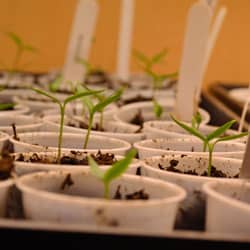
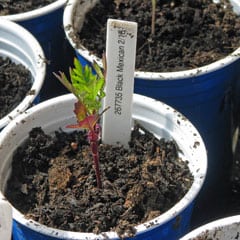
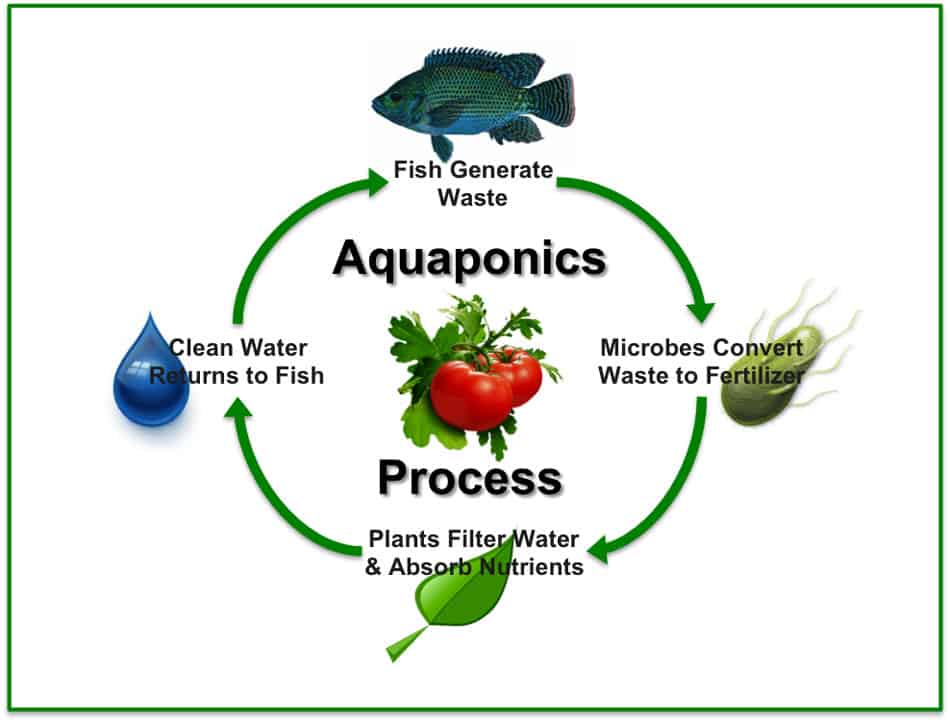
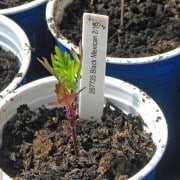


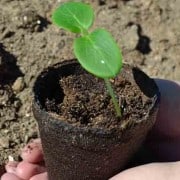
 © 2024 Terroir Seeds | Underwood Gardens
© 2024 Terroir Seeds | Underwood Gardens
Will the PCB’s in the plastic cups leach into the soil and the seedlings?
Hello Judith-
Good question!
If the plastic cups are made from polycarbonate (have the #7 recycling symbol on the bottom) and are exposed to high temperatures such as boiling water, there is a large concern for Bisphenol A (BPA) leaching, which is a hormone disruptor. Using them for seed starting will not have much of a chance of BPA leaching due to the temperatures, environment and amount of time they are used.
However, everything has its risks and there can be the potential for a small amount of leaching depending on the exact plastic used to make the cups, how old it is and what temperatures it was subjected to in manufacturing, transport and storage prior to being used. That is why we present other alternatives such as paper pots and soil blocks.